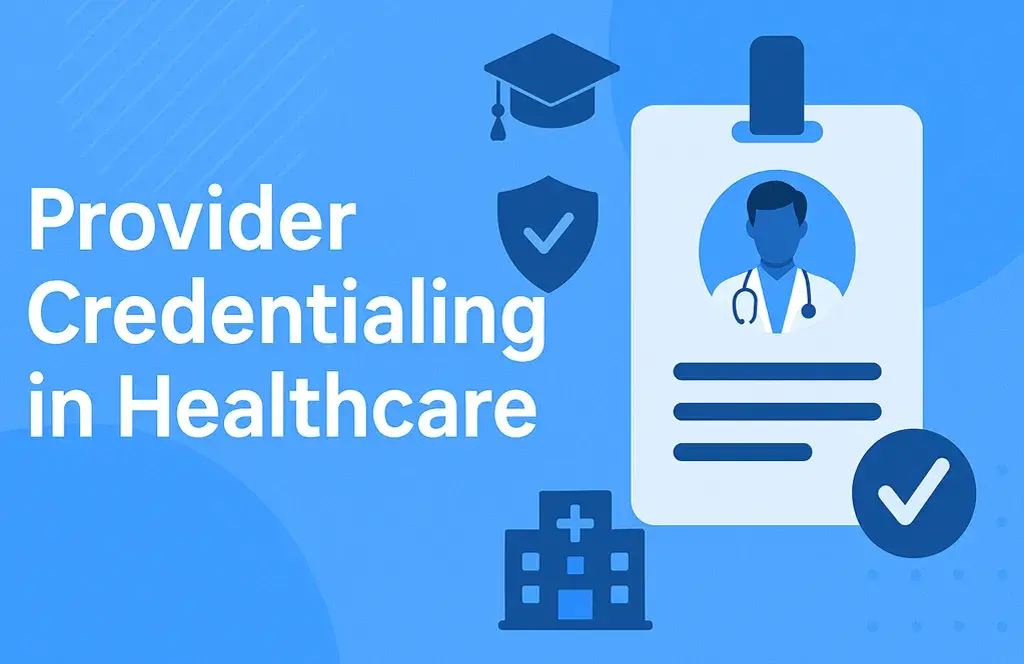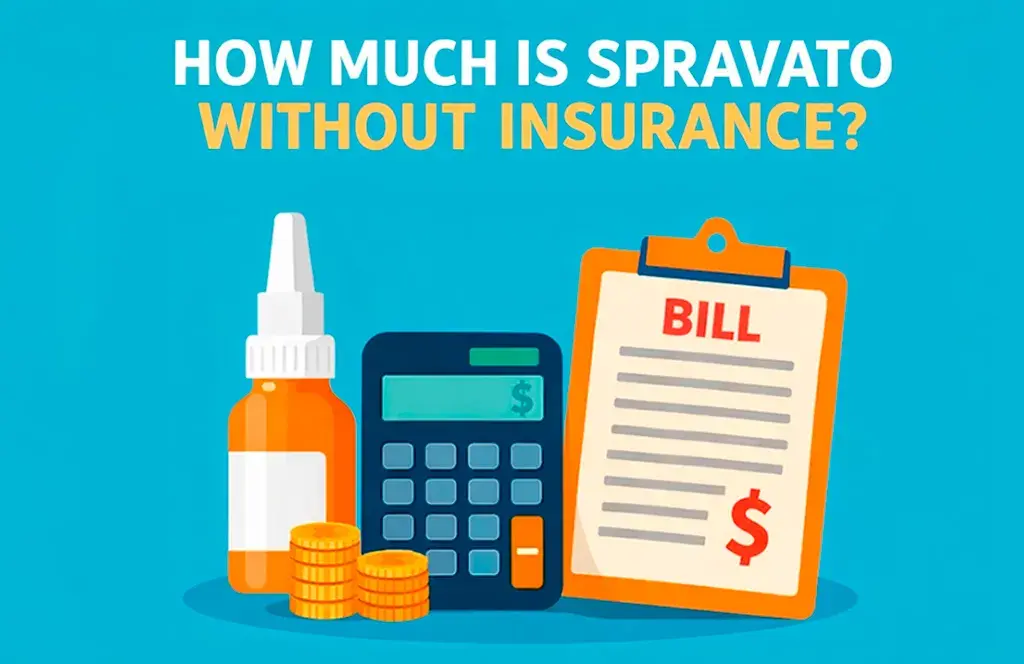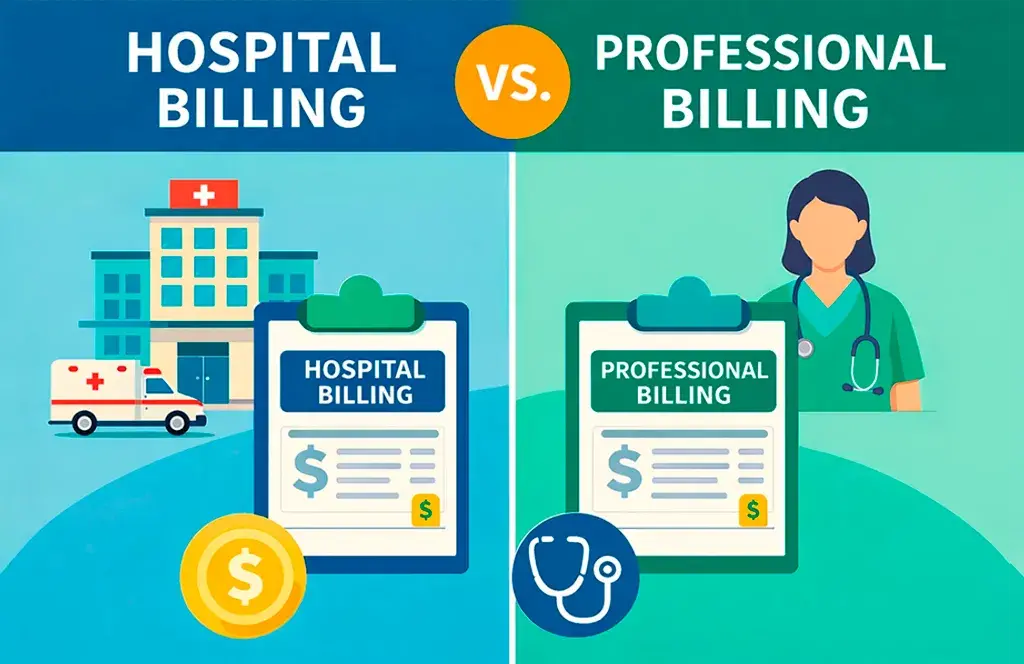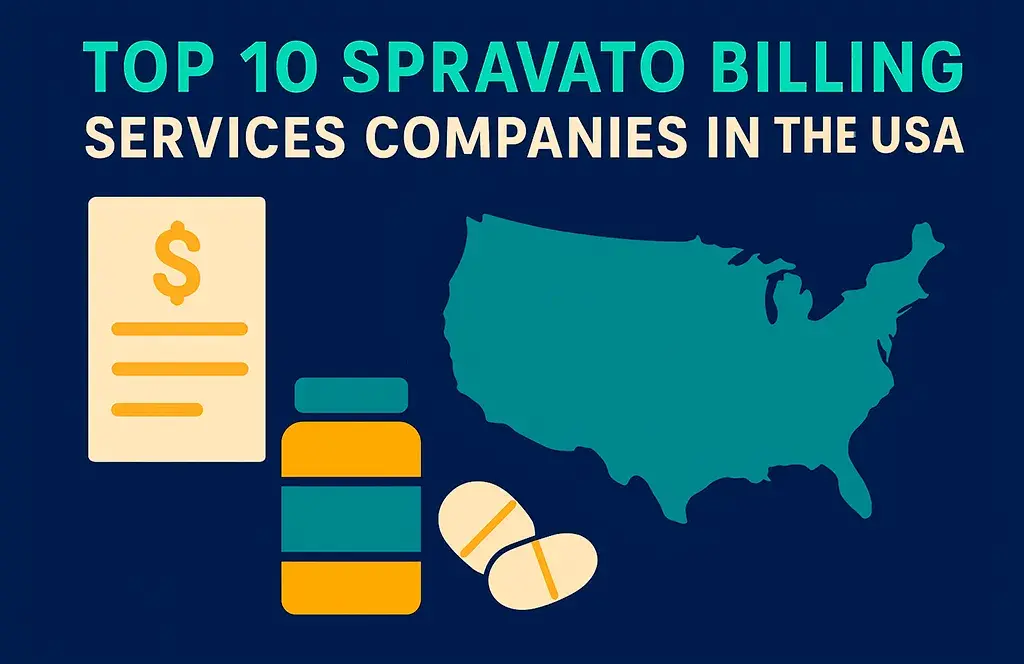Table of Contents
ToggleBelow, we break down what provider credentialing entails, why it’s so critical, and how technology is transforming the process for modern organizations.
What Is Provider Credentialing?
Provider credentialing – also known as medical credentialing or physician credentialing – is the process of verifying a healthcare provider’s qualifications, experience, and legal eligibility to practice. This includes doctors, dentists, nurses, and allied health professionals. Organizations like hospitals, clinics, and health plans rely on credentialing to ensure that every provider meets stringent standards before treating patients or joining a payer network.
This process involves validating multiple aspects of a provider’s background:
- Education and degrees
- Residency and fellowships
- State licenses and board certifications
- Work history and employment gaps
- Malpractice history and sanctions
- Proof of liability insurance
- Peer references and professional affiliations
Credentialing is a requirement for Medicare and Medicaid participation, and is heavily regulated by state and federal agencies such as the Centers for Medicare & Medicaid Services (CMS) and The Joint Commission.
Key Steps in Provider Credentialing Work
Credentialing is not a one-size-fits-all process – but most organizations follow a standardized approach that includes multiple verification stages. Each stage is crucial to ensuring accuracy, compliance, and quality.
Step 1: Information Collection
The process begins with the provider submitting an application. This includes personal and professional details such as:
- Full CV with dates and locations
- Medical school transcripts
- Licensure information
- Insurance coverage
- References and NPI number
Step 2: Primary Source Verification (PSV)
Primary source verification is the cornerstone of credentialing. This step involves reaching out to original sources (such as licensing boards or universities) to confirm the authenticity of submitted documents. No secondary sources or self-reported data are accepted at this stage.
Step 3: Review and Approval
Once all documentation has been verified, the credentialing committee – typically comprised of medical staff and administrators – reviews the provider’s file. If approved, the provider is granted privileges to practice or included in the health plan’s network.
Step 4: Recredentialing and Ongoing Monitoring
Credentialing is not a one-time event. Most organizations require recredentialing every two to three years. Additionally, many systems implement continuous monitoring for licensure status, sanctions, and other compliance indicators.
Why Provider Credentialing Is Crucial
Credentialing impacts far more than paperwork – it directly affects clinical care, legal risk, financial operations, and organizational reputation. A robust credentialing process brings measurable benefits across several domains.
- Ensures patient safety. By vetting providers thoroughly, credentialing minimizes the risk of unqualified professionals delivering care. This directly contributes to patient outcomes and reduces liability.
- Facilitates legal and regulatory compliance. Credentialing is mandatory for legal practice within most healthcare systems and payer networks. Non-compliance can result in fines, malpractice exposure, and revoked accreditations.
- Enables insurance reimbursement. Providers must be credentialed to bill Medicare, Medicaid, and private insurers. Failure to credential correctly may result in denied claims and revenue loss.
- Enhances network quality. Health plans and healthcare systems rely on credentialing to build a trustworthy, qualified provider network. This improves access to quality care and bolsters brand credibility.
Challenges of Traditional Credentialing
Despite its importance, credentialing remains a slow and error-prone process in many organizations. Paper forms, manual follow-ups, and siloed systems contribute to delays – often extending the process to three months or more.
The consequences of outdated systems include:
- Lost revenue due to delayed onboarding
- Provider frustration and burnout
- Increased risk of errors or compliance lapses
Fortunately, cloud-based credentialing platforms are solving these problems at scale.
The Role of Technology in Streamlining Credentialing
Modern credentialing platforms reduce friction by automating workflows, organizing documents, and providing real-time visibility across teams. These platforms simplify communication and ensure a centralized, secure location for provider data.
Here’s how digital solutions improve the credentialing lifecycle:
- Faster Primary Source Verification: Built-in integrations allow quick verifications with state boards and licensing agencies.
- Document Management: Centralized storage ensures nothing gets lost in email chains or paper files.
- Recredentialing Alerts: Automated notifications prompt timely renewals.
- Analytics and Reporting: Dashboards give leadership a clear view of credentialing KPIs.
Modern credentialing platforms can reduce processing time from months to days, cut expenses, and eliminate human error. Swift Medical Billing integrates the same tech-enabled efficiency – backed by real experts to handle compliance and follow-through.
How to Choose the Right Credentialing Partner
If your organization is ready to modernize its credentialing process, selecting the right partner is critical. Consider the following criteria:
- Technology Stack: Look for a cloud-based platform with intuitive dashboards and secure document storage.
- State-Specific Expertise: Ensure the provider understands regulatory nuances in your operating regions.
- Service Model: Consider whether you want full-service credentialing support or a self-managed platform.
- Customer Support: Choose a company that offers responsive, knowledgeable assistance throughout the process.
- Long-Term Fit: Credentialing is an ongoing relationship. Choose a platform you can grow with, not outgrow.
Raising the Bar for Credentialing Standards
Credentialing isn’t just a checkbox – it’s a strategic function that influences care quality, compliance, and organizational agility. By embracing technology and best practices, healthcare organizations can reduce credentialing timelines, onboard providers faster, and improve overall service delivery. Whether you’re managing a hospital system, a health plan, or a private practice, investing in smarter credentialing isn’t optional – it’s the new standard for operational excellence.
Ready to simplify your provider credentialing process and eliminate costly delays? Contact us today and let Swift streamline it for you.




